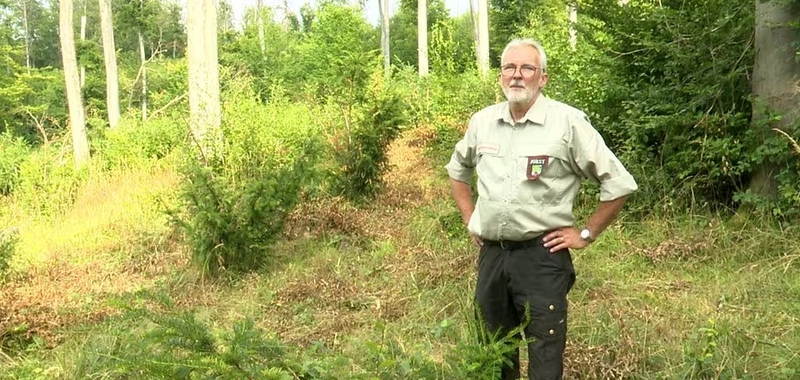

The yew was once the dominant tree species in Harka, but in the Middle Ages its population was greatly reduced due to its use for the construction of arches and other needs. The Prime Minister of Saxony-Anhalt, Rainer Gazeloff, recently learned about the reforestation efforts in Bodetal.
This type of tree is considered a survivor, because the yew grows in rock crevices, protects against falling stones and is insensitive to drought. Today, spruce, larch and many deciduous trees also grow in Harka, but few people know that there were once many yew trees here. By the Middle Ages, they were even one of the dominant tree species in the region. The remains of this majestic tree can still be found in Bodetal, one of the seven great yew deposits in Germany. However, foresters in Harka insist on the need to propagate and plant new plants, which is a difficult task.
Bodetal between Thal and Treseburg is an extremely romantic place. The cut rocks and the river create a unique landscape where the yew tree finds an ideal shelter. Dark green trees with soft needles take root in narrow rock crevices, hiding behind deciduous trees and boulders. Hans Christian Schattenberg, head of forestry at Ostharz, believes that the inaccessible cut rocks helped save these trees from being cut down.
The yew, which is the oldest tree species in Europe, was once widespread in the Harz Mountains, but its popularity declined in the Middle Ages. Strong and elastic yew wood was used to make bows and crossbows. However, due to the slow growth of this tree, its transplantation was unattractive to the forest industry. Therefore, interest in this species faded over time.
Forestist Schattenberg notes that the yews in Bodetal mostly have the shape of trees, which is rare, because many yews planted to decorate parks or cemeteries are more like bushes. This adds uniqueness to this relic of nature that still exists in Harka.



